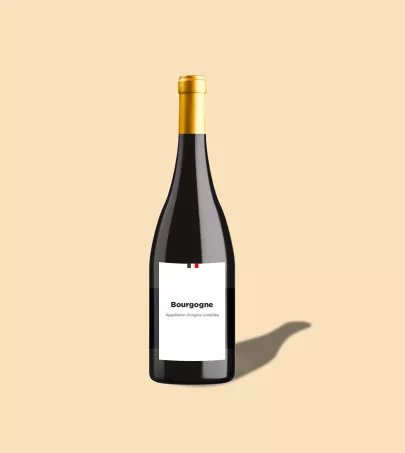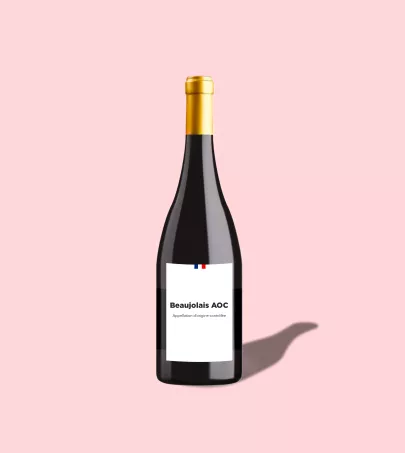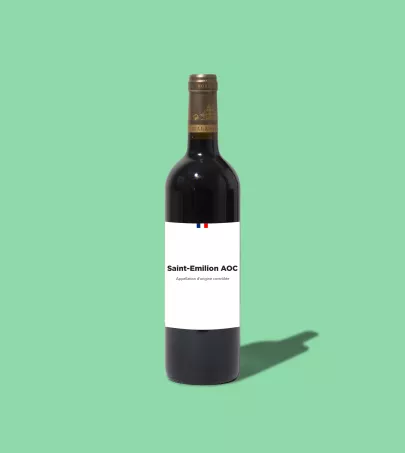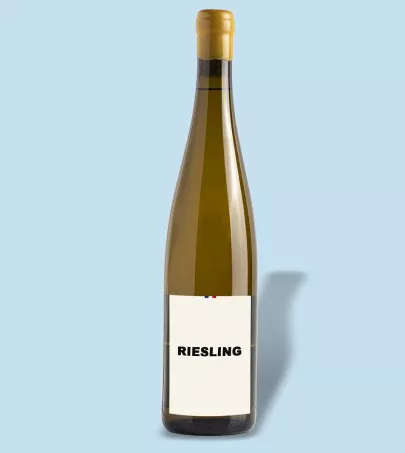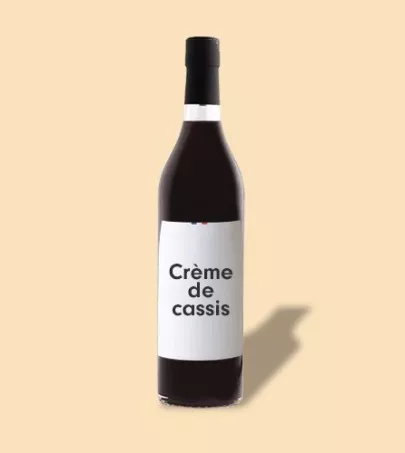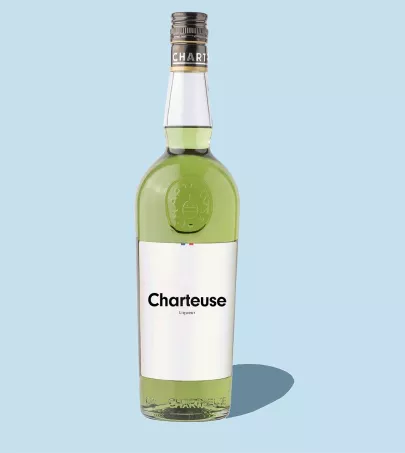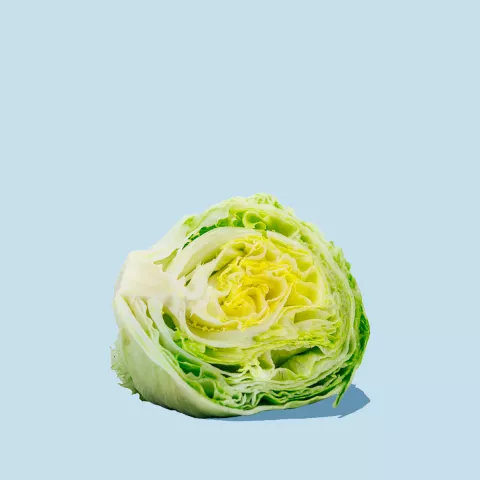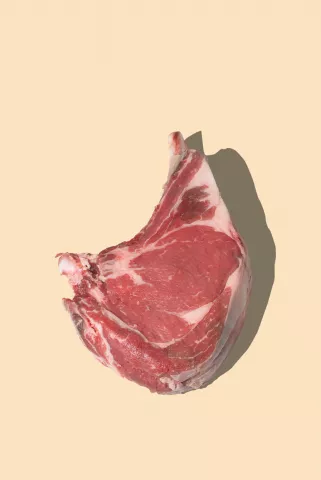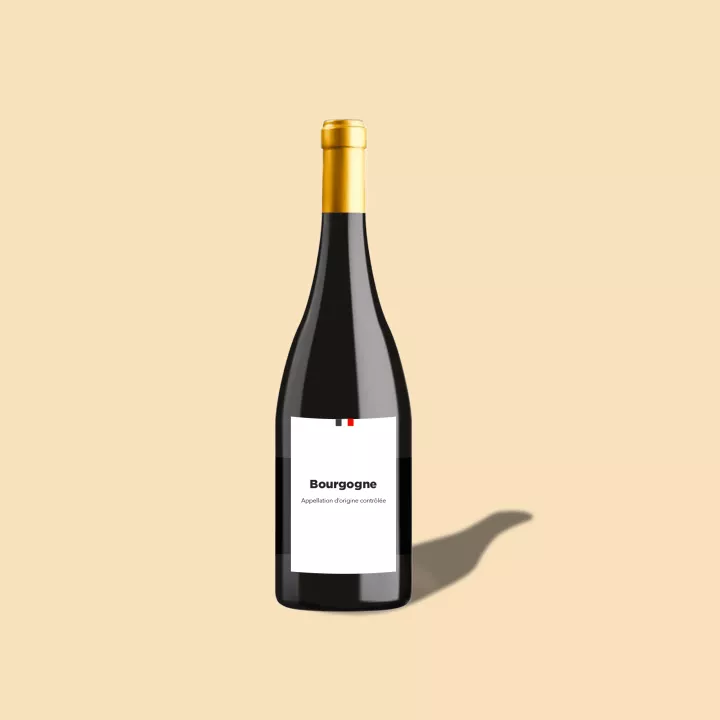
Bourgogne PDO
Bourgogne Franche-Comté
In this wine-growing region which extends for 150 miles (240 km) from Auxerre to Mâcon, to the north of Lyon, there are no fewer than 84 PDOs (protected designation of origin)! Its white and sparkling wines, mostly produced from Chardonnay grapes, and its reds and rosés, from Pinot noir, are extremely diverse in nature, testifying to the great variety of terroirs in the Burgundy region…
What you need to know
Wine-growing in Burgundy dates back to the 1st century CE. The Romans then produced drinks ‘seasoned’ with herbs and spices or even honey, and they always watered their wine down! It wasn’t until the 11th century that local monks further developed and documented work in the vineyard, improving the quality of its wines. Given they were produced at the crossroads of major communication routes and benefitted from the influence of the Dukes of Burgundy, these wines gradually started to spread throughout France and beyond. Where did all this lead? In 1936, the first Burgundy AOC saw the light of day. Today, the wine-growing region, mostly made up of Chardonnay (49%) and Pinot noir (40%), has 84 AOCs to its name! There are three levels of classification: regional appellations; village appellations for those from a particular commune; and grands cru appellations reserved for the very best terroirs. This profusion arises from the extremely diverse natural conditions found in the Burgundy region, such as its varying weather systems, the wide range of exposure orientation and the high number of soil types. And on top of all that, they are mostly single-varietal wines: whites (61%), reds or rosés (28%) and even sparkling wines with the famous Crémants de Bourgogne (11%). You will definitely be in seventh heaven here!
Characteristics
Smell
Look
Taste
Editor's note
How to use
Storage
From two to four years for regional appellations, between five and eight years for village appellations and over ten years for grands crus, even as many as 50 years for exceptional vintages.
Best enjoyed
With 1001 white, red, rosé and sparkling expressions, a Burgundy AOC lends itself just as well to an aperitif with or without buffet snacks, as to a quick meal or gastronomic affair, with friends, family or just for two…
Pair with
Generally speaking, the whites call for shelled molluscs or crustaceans, quenelles, Burgundy snails, parsley ham, sweetbreads in cream and Bresse poultry… while the reds are a perfect match for guinea fowl, quail with grapes and grilled beef steaks…

